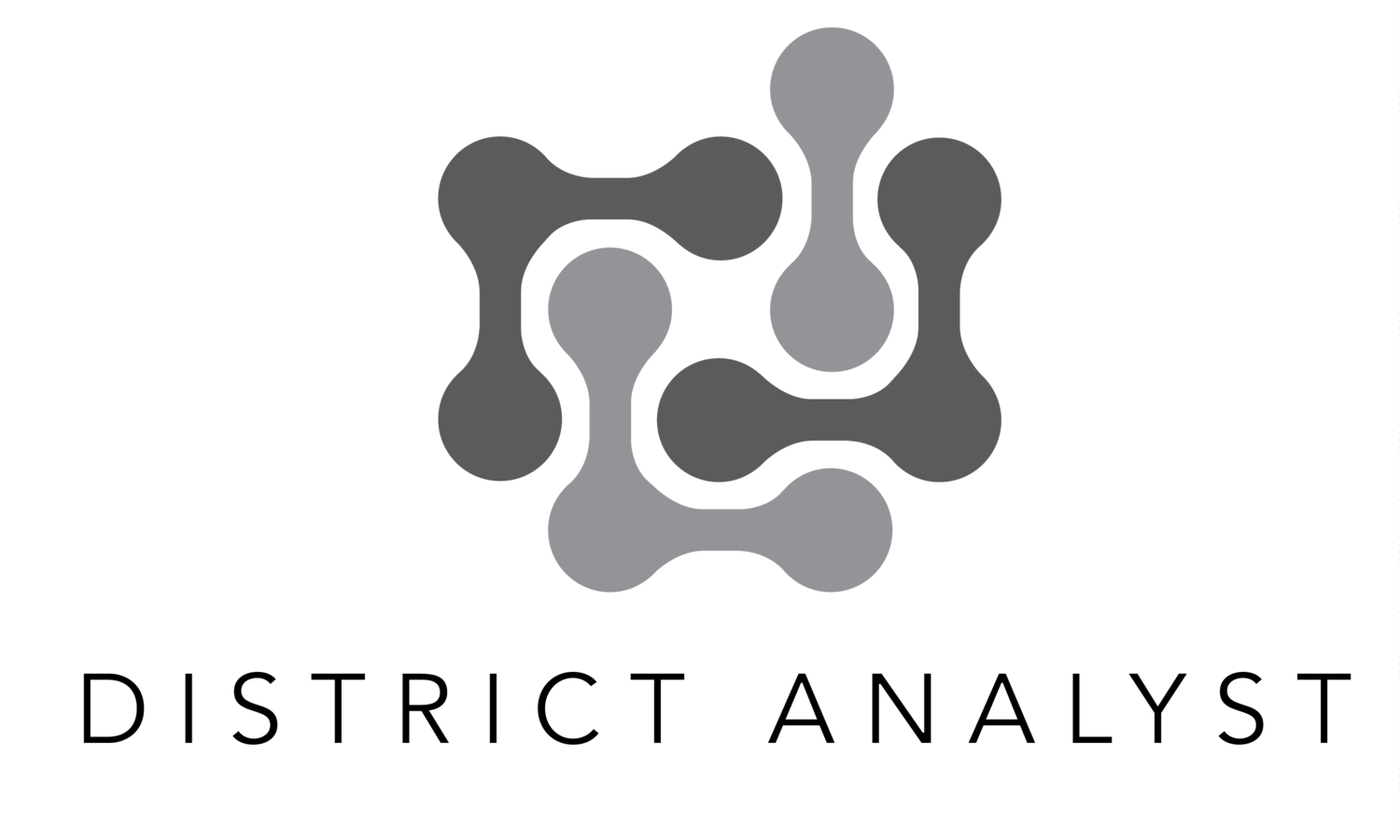How to Identify Trends and Patterns in Your Data
Data is a valuable resource for businesses and organizations. By analyzing data, you can gain insights into customer behavior, market trends, and other factors that can help you make informed decisions. However, analyzing data can be a complex and challenging process. In this blog post, we will provide tips and strategies for identifying trends and patterns in your data, so you can make the most of this valuable resource.
Collecting Data
Before you can identify trends and patterns in your data, you need to collect it. There are many different methods of data collection, including surveys, interviews, and automated data collection tools. Regardless of the method you choose, it's important to collect relevant and accurate data. You should also organize and store data properly, so it can be easily accessed and analyzed later.
Data Analysis
Once you have collected data, you need to analyze it to identify trends and patterns. There are many different methods of data analysis, including statistical analysis and machine learning. The method you choose will depend on the type of data you have and your goals for analysis. For example, if you want to identify correlations between different variables, you may use statistical analysis. If you want to predict future trends based on past data, you may use machine learning.
Visualizing Data
Data visualization is another important tool for identifying trends and patterns in your data. By using charts, graphs, and other visualization tools, you can quickly identify trends and patterns that may not be immediately apparent from raw data. There are many different types of visualization tools, and the one you choose will depend on the type of data you have and your goals for analysis.
Identifying Trends and Patterns
Once you have collected and analyzed your data, you can begin identifying trends and patterns. A trend is a general direction that a set of data points is moving in, while a pattern is a recurring theme or behavior in the data. There are many different types of trends and patterns that can be identified in data, including seasonality, cyclicality, and anomalies.
To identify trends and patterns in your data, you can use data analysis and visualization tools. For example, you may use a line chart to visualize the trend in your data over time, or a scatter plot to identify correlations between different variables. It's important to interpret trends and patterns in the context of your business or organization, so you can make informed decisions based on the insights you gain.
Taking Action
The insights you gain from identifying trends and patterns in your data can be used to make informed decisions. For example, you may use data to optimize your marketing campaigns, improve your products and services, or reduce costs. By taking action based on the insights you gain from your data, you can improve your business operations and achieve your goals more effectively.
Conclusion
Identifying trends and patterns in your data is an important process for businesses and organizations. By collecting and analyzing data, visualizing data, and identifying trends and patterns, you can gain valuable insights into customer behavior, market trends, and other factors that can help you make informed decisions. By taking action based on these insights, you can improve your business operations and achieve your goals more effectively.
